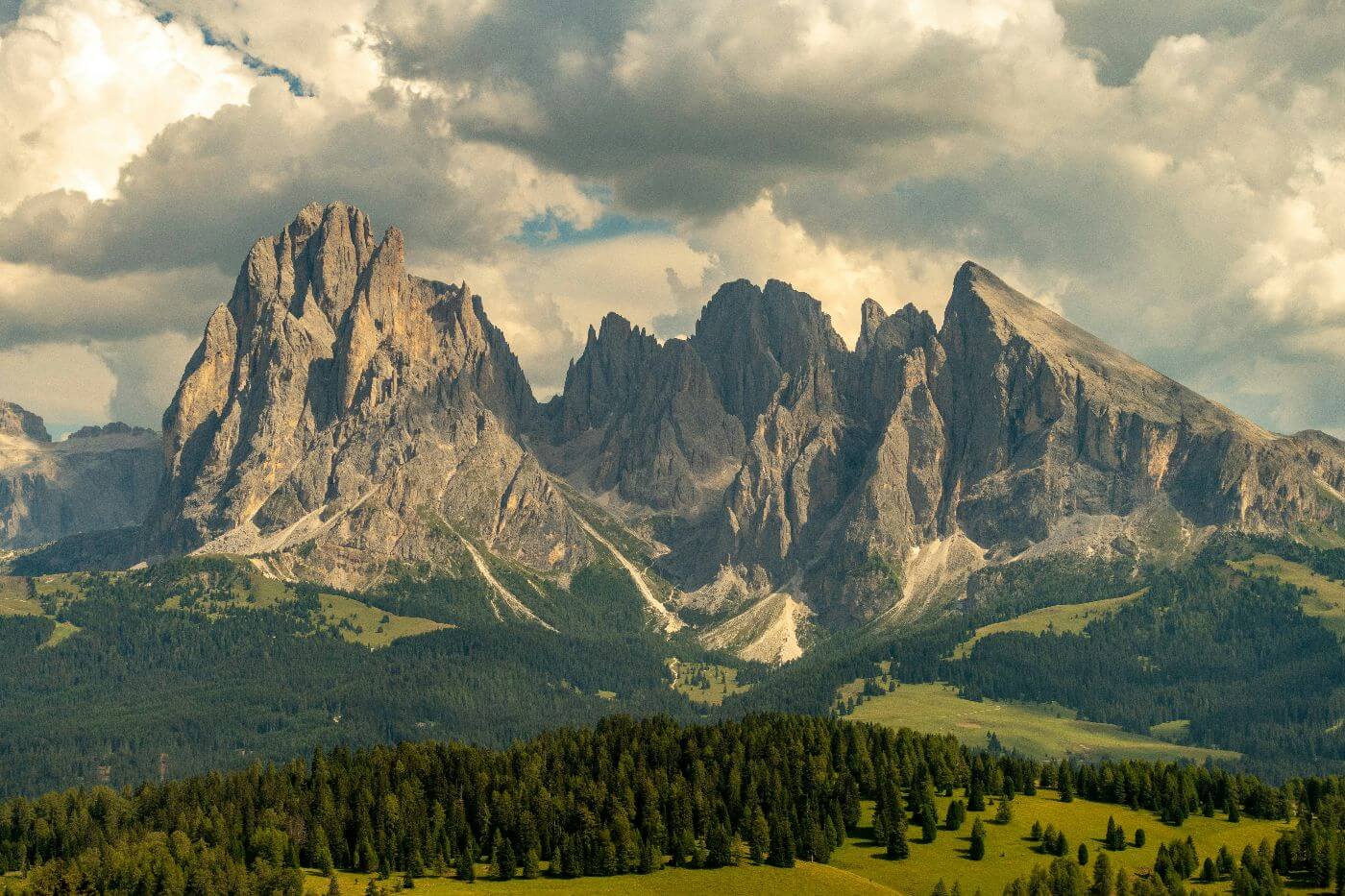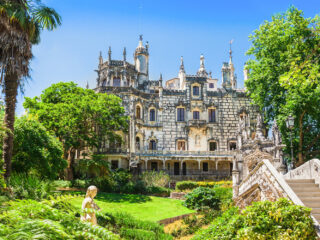The Italian Dolomites are home to some of the most dramatic mountain scenery in Europe. Towering jagged peaks pierce the sky above crystal-clear alpine lakes, while rolling green meadows stretch between charming mountain villages. This four day itinerary will guide you through the very best of this incredible region in northern Italy.
What makes the Dolomites special? Unlike other crowded European destinations, this mountain paradise still feels authentic and unspoiled. Whether you’re hiking flower-filled trails or enjoying coffee at a traditional mountain hut, the Dolomites create those once-in-a-lifetime travel moments.
Planning four days here might feel overwhelming with so many valleys, peaks, and lakes to choose from. This itinerary solves that problem by breaking everything down into manageable daily adventures, ensuring you hit all the must-see highlights while still having time to soak in the mountain magic.
When to Visit
Getting the timing right can make or break your trip. The best time to visit depends on what you want to do, but for hiking and sightseeing, July through mid-September is your sweet spot.
Summer (June-August) is when everything comes alive. Late July and August give you the best guarantee that snow has melted from high-altitude trails. However, August can get pretty crowded since it’s vacation time for many Europeans. The weather is generally fantastic, with temperatures around 82°F (28°C) in the valleys and cooler as you go higher up.
September used to be the secret month for fewer crowds and stable weather, but it’s become more popular recently. Still, it’s one of the best times to visit if you can swing it. The weather stays nice, most facilities remain open, and you’ll see fewer tour buses than in peak summer.
June works well too, especially the second half of the month. Some higher trails might still have snow patches, and not all cable cars may be running yet, but you’ll have smaller crowds and slightly cooler temperatures.
Avoid April, May, October, and November unless you’re prepared for limited services. Many hotels, restaurants, and cable cars close during these shoulder months. It’s neither hiking season nor ski season, so you’re stuck in an awkward in-between period.
Winter (December-March) turns the Dolomites into a skiing paradise, but that’s a totally different trip than what this four days itinerary covers.
How To Get There
The Dolomites don’t have their own airport, so you’ll need to fly into a nearby city and make your way up into the mountains. The easiest option is flying into Venice Marco Polo Airport. It’s well-connected with direct flights from across Europe and beyond, plus it’s only about 2 hours by car to reach the Dolomites.
Other airport options include Verona, Bolzano, or Innsbruck, but Venice gives you the best combination of flight options and reasonable driving time.
Renting a car is absolutely essential for this itinerary. Public transportation exists, but it’s time-consuming and limits where you can go. The Dolomites are made for road trips! You’ll want the freedom to stop at scenic viewpoints, arrive early at popular spots to beat crowds, and easily move between different valleys.
From Venice, the drive takes you through changing landscapes as you head north. You’ll leave behind the flat plains and watch the mountains grow larger until you’re surrounded by those famous jagged peaks. The roads are well-maintained but expect lots of curves, switchbacks, and gradual elevation gains.
If you absolutely can’t rent a car, there are bus connections from Venice to Cortina d’Ampezzo (about 2 hours and 10 minutes for around 18 euros). From there, local buses can take you to some major attractions, but you’ll be much more limited in what you can see in four days.
Where to Stay: Best Base Towns
Choosing where to sleep can make a huge difference in how much you enjoy your trip. For a four day itinerary, you have two main strategies: stay in one place and do day trips, or split your time between two different areas.
Option 1: Stay in One Place

Ortisei in Val Gardena is probably your best single base. It’s a charming town right in the heart of the mountains, with easy access to cable cars, hiking trails, and mountain huts. The town has plenty of restaurants, shops, and that authentic Alpine atmosphere. Plus, if you stay here, you’ll get a free public transport card that works throughout the region.
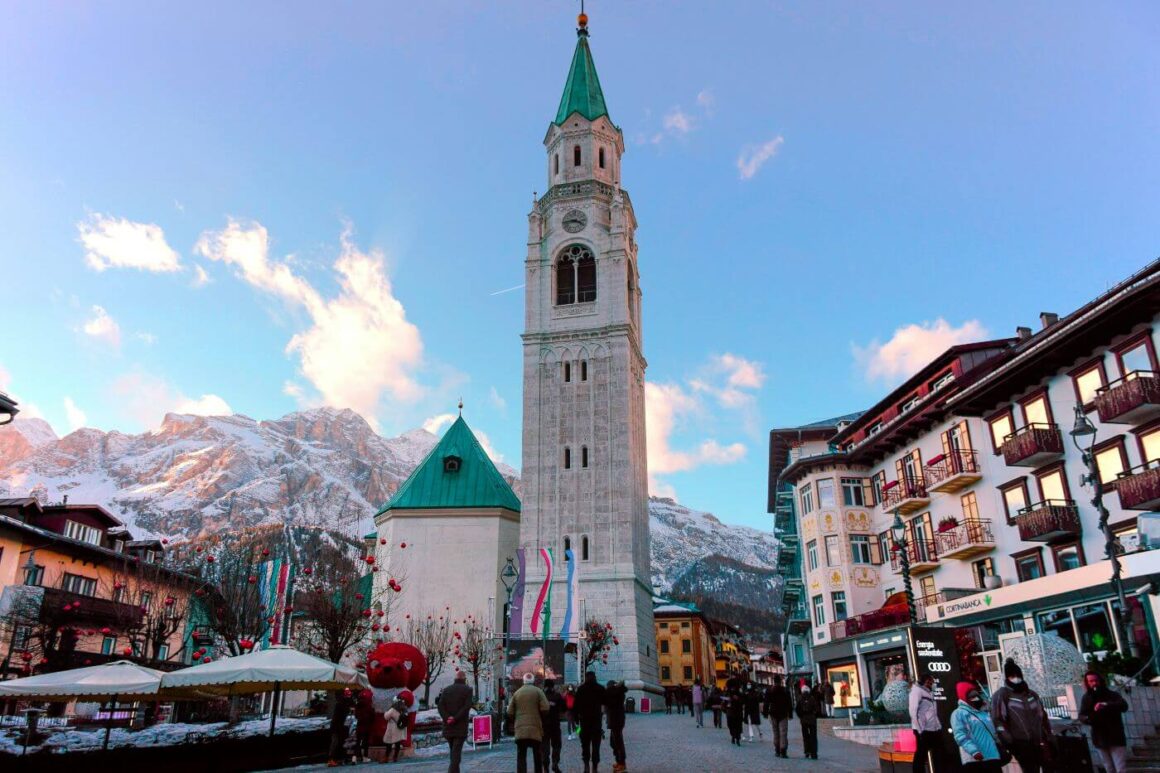
Cortina d’Ampezzo is another excellent choice, especially if you want a bit more sophistication. Known as the “Queen of the Dolomites,” it has upscale hotels, great restaurants, and serves as a gateway to some of the most famous attractions like Tre Cime di Lavaredo.
Option 2: Split Your Stay
For four days, consider spending two nights in western Dolomites (Ortisei area) and two nights in eastern Dolomites (Cortina area). This cuts down on daily driving time and puts you closer to each day’s activities.
Accommodation recommendations:
- Budget-friendly: Hotel Hell in Ortisei (don’t let the name fool you, it’s actually quite nice!)
- Mid-range: Hotel Grones in Ortisei gets rave reviews from travelers, with underground parking and a central location
- Luxury: Grand Hotel Savoia in Cortina for those wanting to splurge
Book early! Hotels in the Dolomites fill up months in advance for the summer season. Many places also have minimum stay requirements, especially in August.
4-Day Itinerary Breakdown
Here’s your day-by-day guide to making the most of four days in the Dolomites. This itinerary assumes you’re staying in two different locations: two nights in Ortisei and two nights in Cortina.
Day 1: Western Dolomites – Seceda Ridge
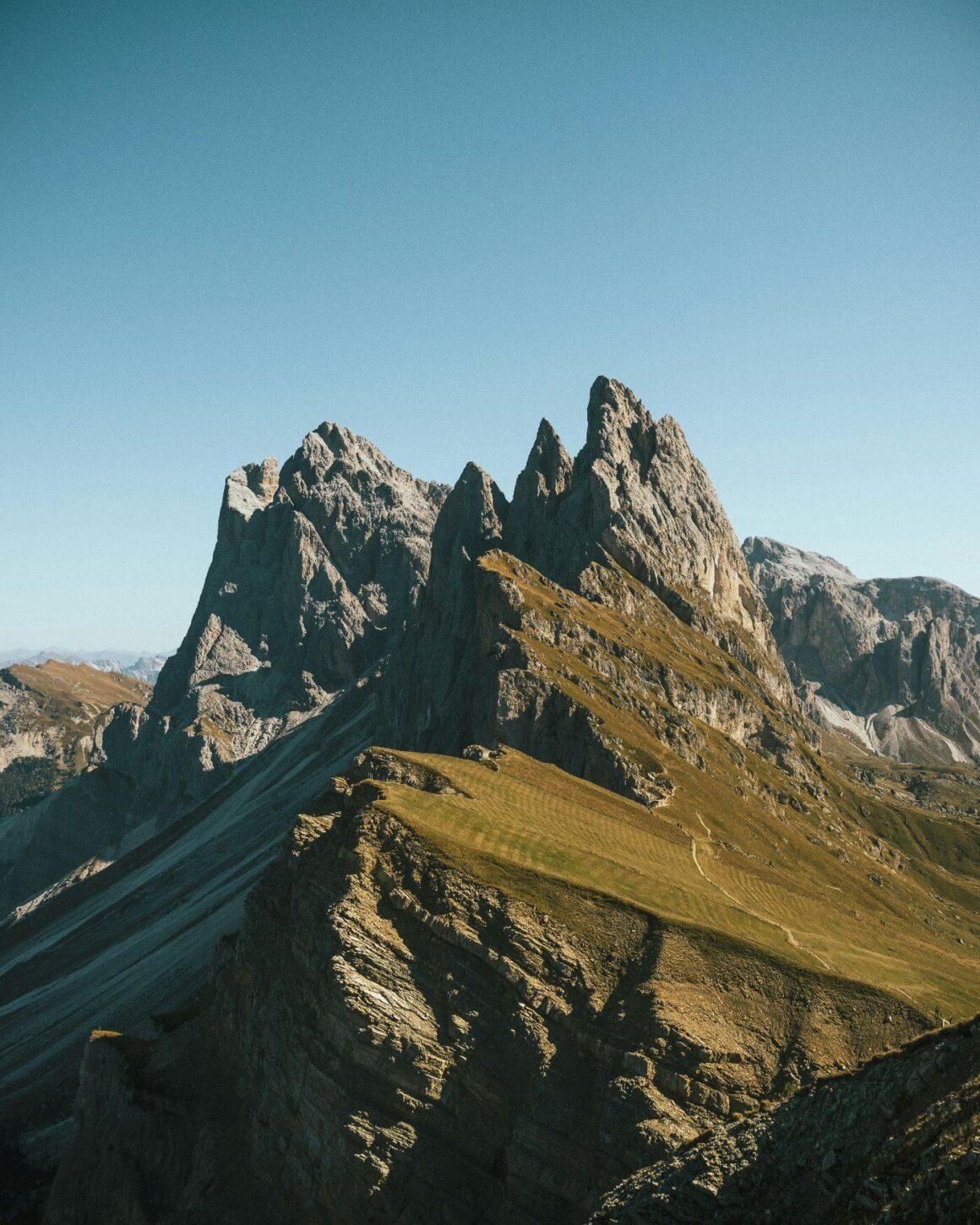
Base: Ortisei
Start your Dolomites adventure with one of the most iconic views in the entire region. After checking into your hotel in Ortisei, head straight to the Seceda cable car station. The good news? No reservations needed for this one.
The cable car whisks you up to Seceda ridge, where you’ll be greeted by one of the most photographed views in the Alps. The jagged mountain ridge stretches out dramatically, creating those Instagram-worthy shots you’ve probably seen all over social media. But honestly, photos don’t do it justice.
Once you’re up there, you have options. You can simply enjoy the views from the main viewpoint area, or take any number of hiking trails that branch out from the ridge. Even a short 30-minute walk will give you different perspectives of the surrounding peaks and valleys.
The area has mountain huts (called rifugios) where you can grab lunch or a coffee while soaking in the scenery. These places have been serving hikers and travelers for generations, and there’s something special about eating a hearty meal surrounded by towering peaks.
In the afternoon, head down to Alpe di Siusi, Europe’s largest high-altitude meadow. During summer, it’s carpeted with wildflowers and offers gentle walking paths perfect for all fitness levels. The contrast between the dramatic rocky peaks and these rolling green meadows is part of what makes the Dolomites so special.
End your day back in Ortisei, strolling through the town center. You’ll notice the interesting mix of Italian and Austrian influences, from the architecture to the food to the language you hear on the streets.
Day 2: Val di Funes & Santa Magdalena
Base: Ortisei
Today takes you to one of the most peaceful and photogenic valleys in the Dolomites. Val di Funes feels like stepping back in time, with traditional farms scattered across green meadows and the dramatic Geisler peaks rising in the background.
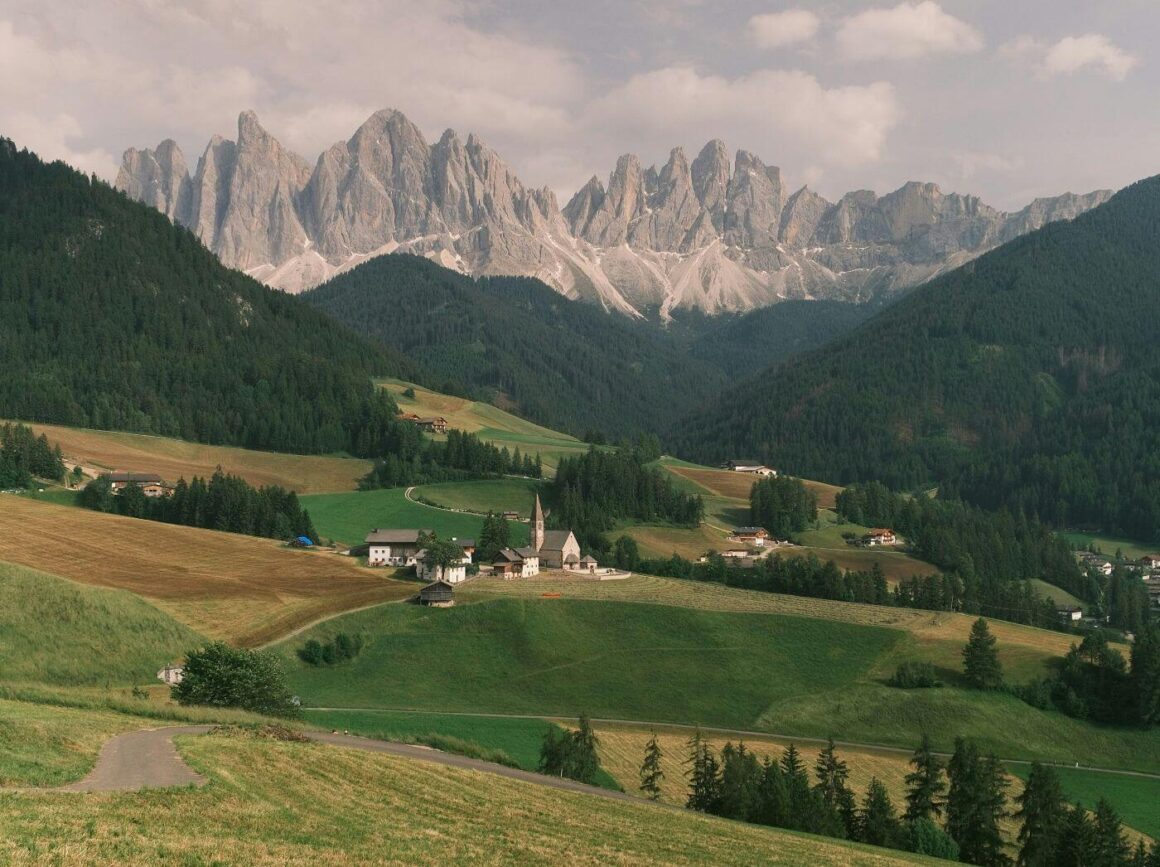
Your main destination is the Santa Magdalena Church, a tiny white chapel that sits perfectly positioned with the jagged Geisler mountains behind it. Here’s the catch: you can’t drive right up to it. The road is closed to cars, so park at the designated area and enjoy the 25-minute walk through the countryside. Trust me, the walk is part of the experience.
The church itself is small and simple, but the setting is absolutely magical. This spot has appeared in countless photos and travel magazines, and once you see it in person, you’ll understand why. The contrast between the delicate church spire and the powerful mountain peaks behind it creates one of those views that stays with you forever.
After visiting the church, consider hiking up to Geisler Alm if you’re feeling energetic. The trail takes you higher into the mountains for even better views of the surrounding peaks. If hiking isn’t your thing, simply enjoy wandering around the valley floor, where you might spot traditional farmers working their land just as their families have for centuries.
On your way back, make a quick stop in Castelrotto. This colorful village has more charm than many of the larger towns, with painted houses lining narrow streets and local cafes serving up authentic South Tyrolean cuisine.
Day 3: Eastern Dolomites – Tre Cime di Lavaredo
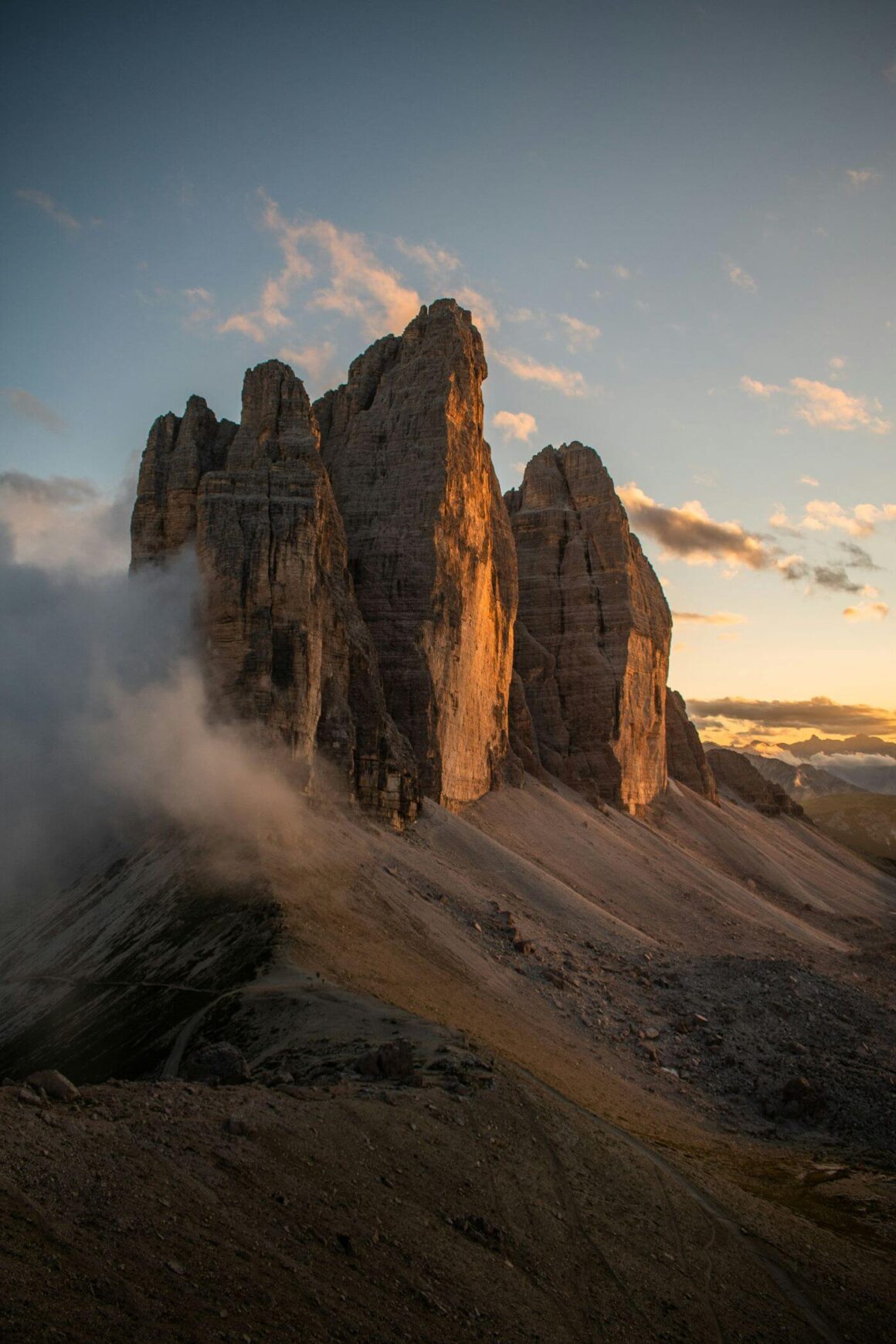
Base: Cortina d’Ampezzo
Today you move to the eastern Dolomites and tackle the most famous hike in the entire region. Check out of your Ortisei hotel and drive to Cortina d’Ampezzo (about 1.5 hours). Check into your new hotel, then head out for the day’s big adventure.
Tre Cime di Lavaredo (Three Peaks) are an iconic symbol in the Dolomites. These three distinctive rocky towers rise dramatically from the surrounding landscape, creating one of the most recognizable mountain silhouettes in the world.
Here’s something important: you must reserve your parking spot in advance at Rifugio Auronzo. This is a new requirement that started in 2025, so don’t skip this step or you might not be able to access the trailhead.
The drive up to the parking area is part of the adventure, with hairpin turns and incredible views opening up as you climb higher. From the Rifugio Auronzo parking lot, you have two main options:
Option 1: Full circuit around Tre Cime (about 4 hours): This takes you completely around all three peaks, giving you different perspectives of these massive rock towers. Most people go counterclockwise, but either direction works fine.
Option 2: Just the viewpoint (about 1 hour): If four hours feels like too much, you can walk just to the main viewpoint and back. You’ll still get incredible photos and the classic Tre Cime experience.
Don’t miss the Cadini di Misurina viewpoint (accessible from the same parking area). This 1-hour round trip hike gives you a completely different perspective, showing you the “backside” of Tre Cime plus views of these otherworldly rock formations that look almost alien.
On your drive back to Cortina, stop at Lake Misurina and Lake Antorno for some stunning lake reflections of the surrounding peaks.
Day 4: Lake Braies & Departure
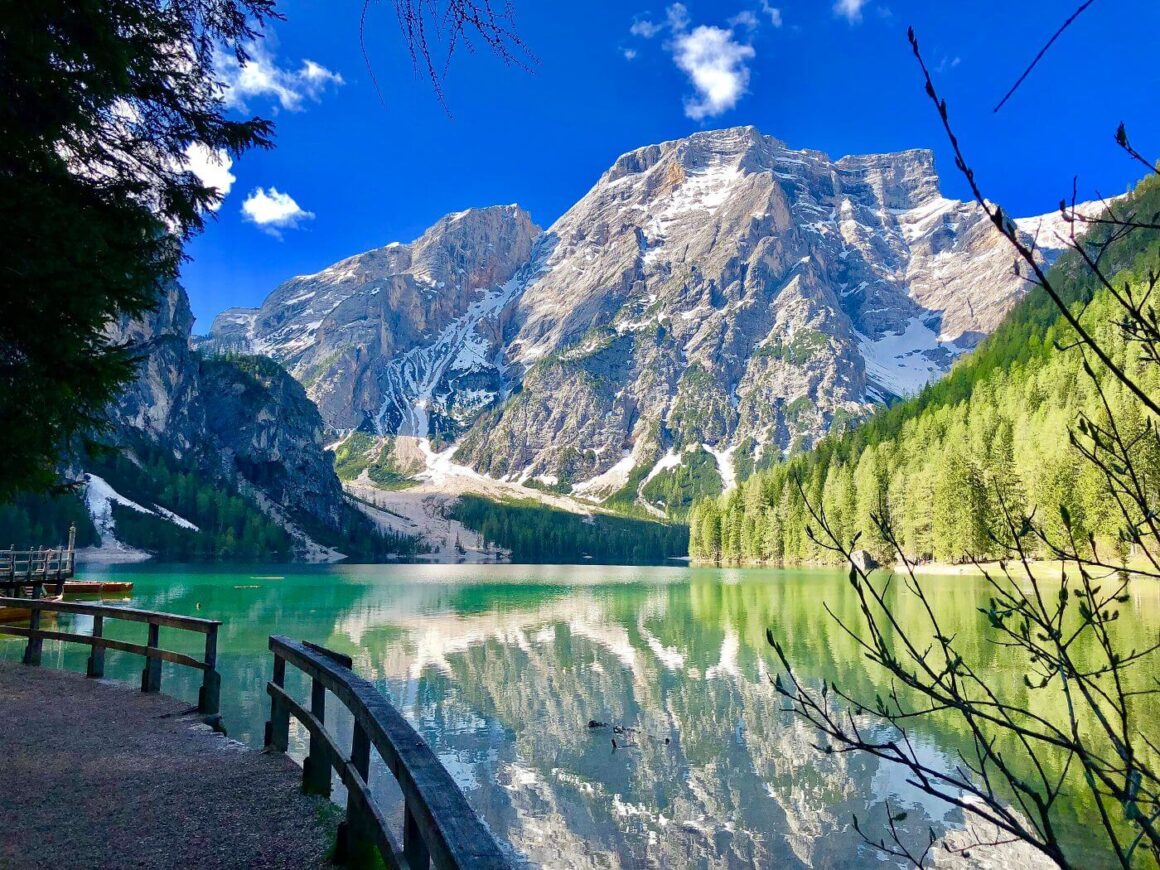
Morning: Lake Braies
Save one of the most beautiful spots for your final morning. Lake Braies consistently ranks as one of the most stunning alpine lakes in Europe, with emerald-green water reflecting the surrounding mountain walls.
Here’s a crucial tip: arrive early! The lake gets extremely crowded, especially after 9:30 AM when private cars aren’t allowed on the access road during peak season (you’d have to take a bus). Getting there right after sunrise not only helps you avoid crowds but also gives you the best light for photography.
The lake circuit takes about 1.5 to 2 hours and is suitable for all fitness levels. The path is mostly flat and well-maintained, taking you completely around the lake’s perimeter. You’ll find perfect photo spots at almost every turn, with wooden boat houses, rental rowboats, and crystal-clear reflections.
The historic Hotel Lago di Braies sits at the north end of the lake and has been welcoming guests since 1899. Even if you’re not staying there, it’s worth walking over to see this charming Alpine hotel that seems to float right on the water’s edge.
Afternoon: Departure

Depending on your departure plans, you might have time for one final stop. Lake Dobbiaco is only 25 minutes from Lake Braies and provides another beautiful mountain lake experience with far fewer crowds.
If you’re flying out of Venice, plan about 2.5 hours for the drive back to the airport, factoring in time to return your rental car and catch your flight.
Must-Do Activities
Beyond the main itinerary, here are some experiences that make the Dolomites truly special:
Cable car rides are some of the best ways to access incredible viewpoints without long hikes. Most operate during the summer season (roughly June through September) but check specific dates since they vary each year.
Mountain hut dining gives you a taste of traditional Alpine culture. These rifugios serve hearty mountain food like speck (cured ham), apple strudel, and local wines. Many have been family-run for generations.
Via ferrata routes combine hiking with rock climbing using steel cables, ladders, and bridges. If you’re looking for adventure beyond regular hiking, these “iron paths” provide an adrenaline rush with incredible views.
Early morning photography rewards you with empty trails and perfect lighting. The famous “alpenglow” occurs when the rocky peaks turn pink and orange during sunrise and sunset.
Transportation Options
Driving: The roads here aren’t like highways back home. Expect narrow, winding mountain roads with lots of switchbacks and elevation changes. What looks like a short distance on the map might take much longer to drive. For example, it’s only 60 kilometers from Cortina to Ortisei, but it takes about 1.5 hours due to the curvy mountain roads.
Parking: Almost everywhere charges for parking, from trailheads to town centers. Bring cash and coins since many parking meters only accept exact change. Some popular spots now require advance reservations, so always check current requirements.
Public transportation: If you decide against renting a car, the Dolomites do have bus networks, especially in South Tyrol. Many hotels provide free regional transport cards, and buses connect major towns and some trailheads. However, you’ll be much more limited in what you can see during four days.
Practical Travel Tips For The Area
What to pack: Mountain weather changes quickly, so layers are essential. Mornings might feel like winter while afternoons can be warm enough for shorts. Always bring a rain jacket, good walking shoes (even if you’re not planning serious hikes), sunglasses, and sunscreen. The sun is stronger at high altitude than you might expect.
Language: You’ll hear Italian, German, and Ladin (an ancient local language). Many place names have multiple versions, so Lake Braies is also called Pragser Wildsee, and Ortisei might appear as St. Ulrich. Don’t worry though; most people in tourist areas speak at least some English.
Money: Bring cash for parking, small mountain huts, and some restaurants. Many places accept cards now, but having cash as backup is smart, especially in more remote locations.
Reservations: This is crucial for your four days itinerary. You must book parking in advance for Tre Cime di Lavaredo. Lake Braies requires parking reservations during peak hours in summer. Some cable cars have limited capacity and might require reservations during busy periods.
Cultural notes: This region has a fascinating history, having been part of Austria until after World War I. You’ll notice the Austrian influence in architecture, food, and even the way towns are organized. It’s this unique blend of Italian and Austrian culture that makes the Dolomites feel different from anywhere else.
Have Fun!
The Dolomites have earned their reputation as one of Europe’s most spectacular mountain regions. In just four days, you’ll experience dramatic peaks, pristine lakes, charming villages, and some of the best mountain scenery on the planet.
A few final tips for your four day adventure: Book accommodations as early as possible, especially for summer travel. Check weather conditions before heading out each day, since mountain weather can change quickly. Don’t try to pack too much into each day; part of the Dolomites’ magic is having time to simply sit and absorb the incredible scenery.
Most importantly, be prepared to fall in love with this place. Many visitors to the Dolomites find themselves planning return trips before they’ve even finished their first four days. With towering peaks, crystal lakes, and mountain culture that goes back centuries, the Dolomites create memories that last a lifetime.
The mountains are calling, and four days in the Dolomites will answer that call in the most spectacular way possible. Whether you’re hiking to iconic viewpoints, photographing perfect reflections in alpine lakes, or simply enjoying coffee at a mountain hut, every moment of this itinerary connects you with one of the world’s most beautiful mountain regions.
Pack your camera, bring your sense of adventure, and get ready for four days you’ll never forget in Italy’s incredible Dolomites.
